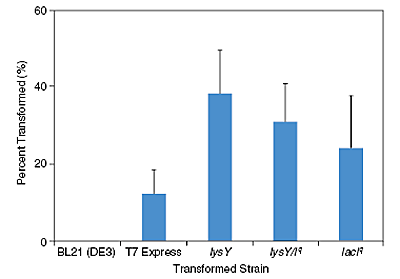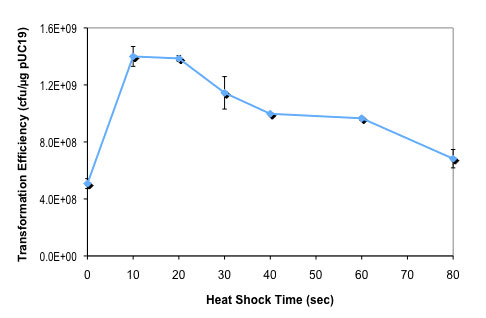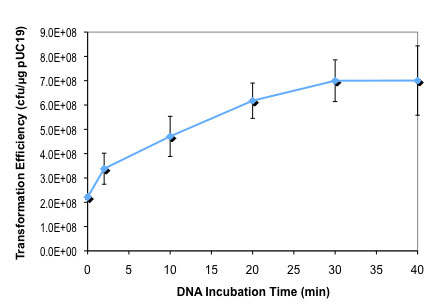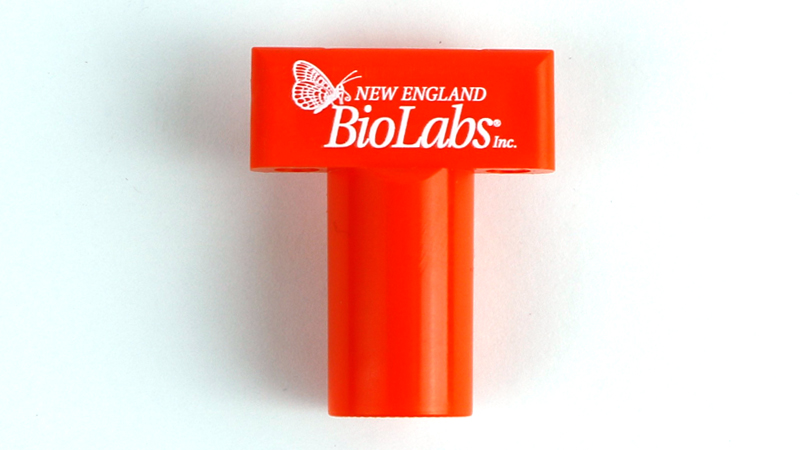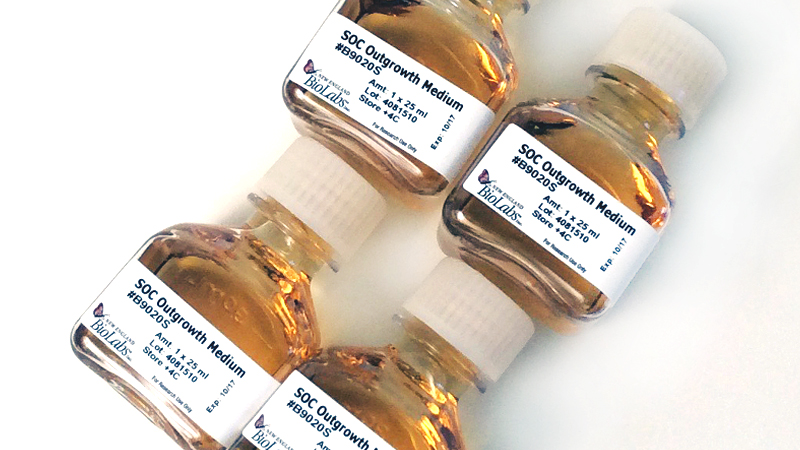T7 Express Competent E. coli (High Efficiency)
Product information| Code | Name | Size | Quantity | Price | |
|---|---|---|---|---|---|
C2566I |
T7 Express Competent E. coli (High Efficiency) |
6 x 0.2 ml | - | Unavailable in your region | |
C2566H |
T7 Express Competent E. coli (High Efficiency) |
20 x 0,05 ml | - | Unavailable in your region |
